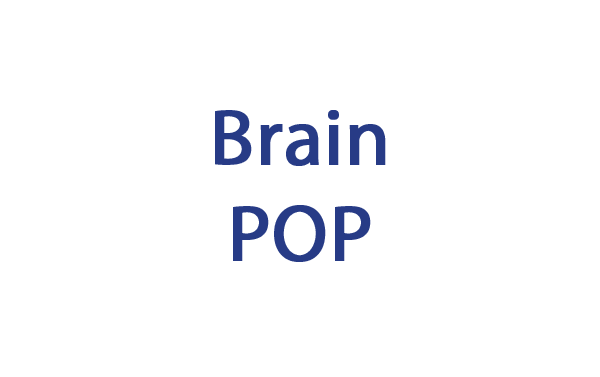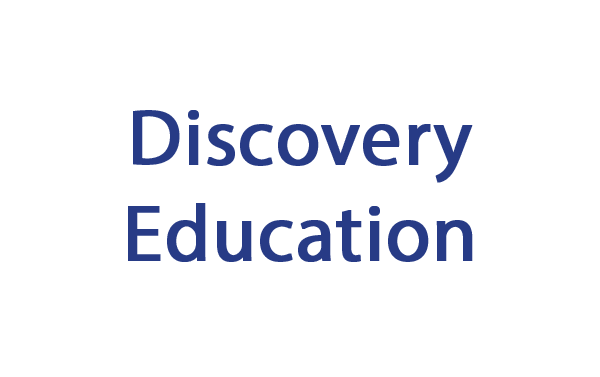

Key Learning Goals - Science:
3.2 Be able to conduct scientific investigations
3.3 Be able to gather evidence about materials from a variety of sources
3.4 Be able to discriminate between evidence and opinion
3.5 Understand the importance of using evidence to test scientific ideas
3.6 Understand some of the effects of what they learn on people’s lives
3.7 Know about the major classifications of living things
3.8 Know about the effects of food chains in a variety of environments
3.9 Know that changes in the environment have effects on living things
3.10 Know about the nature, functions and effects of microorganisms
3.11 Be able to recognise and name the major plants and animals in the host country
3.12 Be able to classify locally occurring plants and animals according to their features
3.13 Be able to recognise and name the major plants and animals in their home country
3.14 Understand the relationship between living things and the environment in which they live
3.15 Know about the structure of the human body
3.17 Know about similarities and differences between humans and other creatures
You’ll learn about the major subcategories, or taxa, that biologists use to classify organisms. These include: domain, kingdom, phylum, class, order, family, genus, and species. You’ll also see how different animal species are ordered in the tree of life, including all of the kingdom and taxa they belong to.
In this BrainPOP movie, Tim and Moby will introduce you to the life and research of Charles Darwin! You’ll learn about Darwin’s theory of evolution and how it differed from another theory of evolution common at the time.
You’ll learn about what it means for something to go extinct, and you’ll find out about the idea of mass extinction. You’ll also see how changes in the environment sometimes cause certain species to go extinct. In particular, Tim and Moby take time to explain how human activities are causing some species to die out — and how these extinctions can interrupt the food chain and impact entire ecosystems.
In this BrainPOP movie, Tim and Moby teach you about food chains, the complex webs that connect the eaters...and the eaten.
In this video, Tim & Mody explain the difference between a body fossil, which you might find in a tar pit, and a trace fossil, which might be as simple as a set of footprints. You’ll find out how these amazing relics of the distant past are formed, and why they’re so rare.
Tim and Moby journey through prehistoric times to track the evolution of dinsoaurs through the Mesozoic Era. From the Triassic Period to the Jurassic and Cretaceous, you'll watch dinosaurs grow in size and diversity.
This video will teach you about scientists’ current understanding of where humans came from. You’ll discover our relationship to other primates, and learn how the process of evolution by natural selection led to the rise of humans. You’ll meet some of our early pre-human ancestors and find out how paleontologists use fossils to link our ancestors to us.
In this BrainPop movie, Tim and Moby teach you all about what makes an insect an insect. You’ll learn where insects fall on the tree of life and how they evolved to get there. You’ll get a detailed description of what body parts make up insects like bees, flies, crickets, ants, and beetles.
Mammals
What do cats, elephants, dolphins, and humans all have in common? They’re all mammals! But what makes a mammal a mammal? In this BrainPOP movie, Tim and Moby will help you better understand these diverse creatures.
See more relevant resources on BrainPop
Use pupil-led learning paths to explore materials, rocks and soils, lifecycles, habitats and microorganisms with videos and photos taken through a microscope.
Learn about the functions of the body, including the digestive and circulatory systems. Explore the relationship between nutrition and exercise and learn how to look after your body while maintaining a positive body image and enjoying food with all your senses!
Videos, fact files and activities explore the theory of evolution, adaption, selective breeding, how humans evolved from primates and the importance of fossils.
Discover a wide variety of habitats, including woodland, ponds, mountains and estuaries. The module also looks at how plants and animals adapt to their environments, with a focus on food chains.
Understand the life cycles and reproduction processes of birds, amphibians, insects and mammals. The videos, activities and factfile help children to identify the similarities and differences in each.
Understand that animals are suited to their own habitat. Identify how animals and plants are adapted to suit their environment in different ways and that adaptation may lead to evolution
Correctly classify animals into their taxonomic groups including: molluscs, crustaceans and arachnids. Describe how living things are classified into broad groups according to common observable characteristics and based on similarities and differences, including micro-organisms, plants and animals.
Consider how animals and plants adapt and are suited to their habitat. Identify how animals and plants are adapted to suit their environment in different ways and that adaptation may lead to evolution
Some characteristics of living things are caused by environmental factors and some are passed on from parent to child through genetic inheritance. Recognise that living things produce offspring of the same kind, but normally offspring vary and are not identical to their parents.
Introduction to cells. Understand that living things are made of one or more cells. Identifying scientific evidence that has been used to support or refute ideas or arguments
See more relevant resources om Education City
www.nhm.ac.uk/nature-online/science-of-natural-history/biographies/ linnaeus/
The Natural History Museum website has information and a video about Carl Linnaeus and his theory of classification.
www.kidsbiology.com/biology_basics/classification/classification1.php
Kids Biology website explains about the classification of living things.
Vimeo website has a Bug Chicks video about how animals move.
www.shmoop.com/animal-movement/animal-movement.html
Schmoop website has a feature about the biology of animal movement
www.woodfruit.co.uk/grow-your-own-mushroom-kits.html
Woodfruit website has a ‘Grow your own mushroom’ kit.
www.childrensuniversity.manchester.ac.uk/interactives/science/ microorganisms/
The Children’s University of Manchester website has lots of information about micro-organisms.
www.bbc.co.uk/schools/scienceclips/ages/10_11/micro_organisms.shtml
BBC schools website has an interactive feature for children about microorganisms.
www.crickweb.co.uk/ks2science.html#lcycles5b
Crick Web has a life cycle chart that the children can create by dragging and dropping in the labels.
www.nhm.ac.uk/nature-online/index.html
Natural History Museum website has a nature online feature.
Earth’s Endangered Species website has information and lists of endangered species in each continent.
International Union for Conservation of Nature (IUCN) website details what, where and how they work to find solutions to the challenges threatening the environment.
http://www.iucn.org/about/work/programmes/species/our_work/the_ iucn_red_list/
IUCN’s website publishes a Red List of endangered species.
http://en.wikipedia.org/wiki/Category:IUCN_Red_List_critically_ endangered_species
Wikipedia website has an alphabetic list of critically endangered species.
World Wildlife Fund website homepage.
www.greenpeace.org/international/en/
Greenpeace International website homepage.
http://darwin200.christs.cam.ac.uk/pages/index.php?page_id=j4
Christ’s College Cambridge website features Charles Darwin and Evolution, 1809-2009.
www.charliesplayhouse.com/great-links-for-kids.php
Charlie’s Playhouse website has links to a Tree of Life and a range of activities about evolution.
www.nhm.ac.uk/nature-online/evolution/index.html
Natural History Museum website has a series of features about evolution.
www.youtube.com/watch?v=CUg0FG5tSik
YouTube shows how you can grow mushrooms from a kit in just 14 days.
www.youtube.com/watch?v=Ot35sh7cVq4
YouTube has this video of blue oyster mushrooms growing in time lapse.
www.nhm.ac.uk/nature-online/earth/antarctica/antarctic-research/ cyanobacteria/
The Natural History Museum website has information and a video about the extreme survival of cyanobacteria – an important micro-organism.
http://twistedbacteria.blogspot.co.uk/2011/01/time-lapse-photographyof-growing-mould.html
YouTube has this time lapse photographic video of growing mould.
www.youtube.com/watch?v=IRiwXMeKoGk
YouTube has this time lapse video of a rotting apple.
www.youtube.com/watch?v=Njbn34JrKnE
YouTube has this video called Compost Kids, which explains in several easy steps how to make a compost heap and why composting is green






